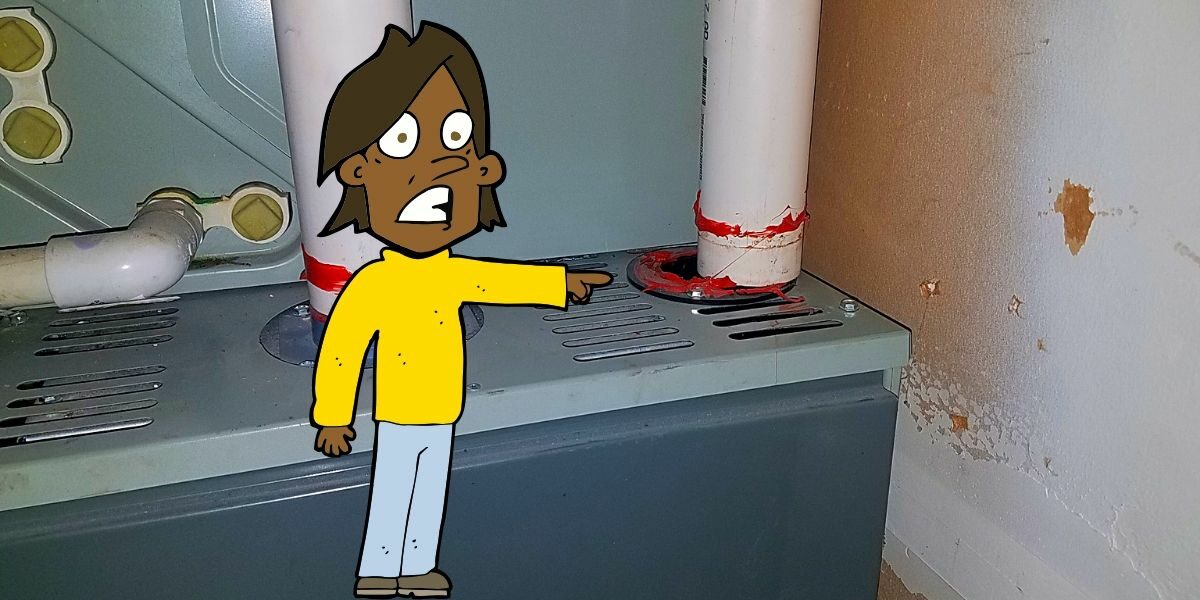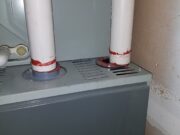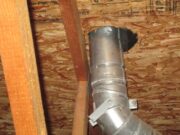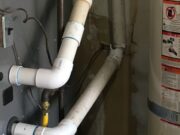
If you’ve ever watched contractors remove shingles from a roof, you likely noticed how fast they were moving and how violent the process is. Typically, contractors very forcefully remove the old shingles with large pry bars and chisels to expose the structure of the house so they can install new shingles.
One Problem
One serious problem I’ve seen happen more than once while tearing a roof off a house is damage to the gas appliance vent pipes that run through the attic and terminate above the roof. Given that the purpose of these vents is to route potentially harmful exhaust gases out of the house, this is a dangerous safety hazard if they become damaged. Specifically, natural gas combustion can produce potentially lethal carbon monoxide (CO) and the vents are a critical element in keeping people in the house safe. Unfortunately, roofers aren’t always aware of just how fragile these vents are and don’t give them the necessary respect.
Over the last few years I’ve found two instances of damage on houses I was inspecting, both of which had very new roofs. Another time, a real estate agent I know had to be hospitalized due to the high levels of carbon monoxide in her house. She recently had the roof on her house replaced and the vent pipe was completely detached from the top of the furnace. A final case of damage actually happened in my parent’s house. Totally by chance I opened the utility area closet and noticed the vent pipe had been completely ripped from the top of the furnace during their recent roof replacement.
Danger of Carbon Monoxide
Carbon monoxide is particularly dangerous because it’s odorless and colorless, and people often mistake CO poisoning for just being tired or sick. The real problem occurs when people naturally stay home to rest because they feel sick. That makes things worse since the environment inside of the house is what is causing the sickness.
Luckily, there are a few easy things you can do to greatly reduce your chances of carbon monoxide poisoning:
- Be sure you have up to date carbon monoxide detectors in your house near all sleeping areas.
- Regularly service gas appliances to ensure safe, proper combustion and general operation.
- After your roof is replaced, inspect all your appliance vents to be sure they are intact. If you aren’t sure what or where these are, a heating contractor or your local gas supplier can handle this for you. In many areas, the gas suppliers will even come to your house and do a safety check free of charge.
We’d also be happy to help answer any questions so feel free to reach out to us.



